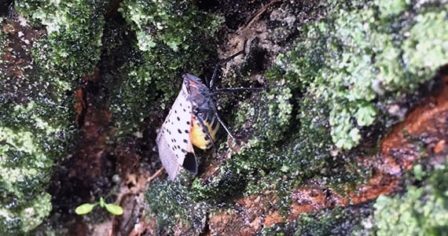The main objective of most landscaping is to improve curb appeal, since we all want to be the envy of the neighborhood. Here are a few things to remember when planning out your next landscaping project.
Have a Clear Path
Remember that the path to your front door should be immediately visible from the street. This will draw people’s eyes towards your home and give it an inviting feel. When lining the walkway with plants choose something low-growing. Also, stay away from larger trees or shrubs that will make guests feel enclosed. You can switch things up by replacing your concrete walkway with pavers, stepping stones or maybe bluestone treads.
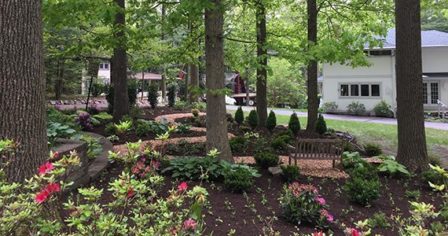 Plan a Focal Point
Plan a Focal Point
Be aware of not doing too much when designing your new landscape. Properties with great curb appeal should involve an element that catches the eye of people passing by. This could be an ornamental tree or shrub, garden feature or the home itself. Its important that all of the other things making up your landscape supports the main focus – not take away from it. Utilize various elements to create a pattern that will be natural looking and pleasing to the eye. You can read more about focal points here.
Coordinate Colors for Curb Appeal
If your home is a neutral color, or has natural colored stone or brick, plant colorful plants. Make sure to stick to a limited color pallet, as too many colors can be overwhelming. One of the best ways to enhance your curb appeal is to add a few accents. You may also consider adding a more permanent pop of color by adding color to shutters or doors. If your home has a lot going on out front you may want to try sticking to neutrals that complement the home’s color scheme.
Don’t Forget the House!
Design a landscape that is appropriate to your home. Size, color and lawn size should all be considered when planning your new landscape. If you have a one-story house you may want to consider using lower to the ground trees, shrubs and other plant material that won’t dwarf your home. Sometimes less is more.
Consider Budget and Maintenance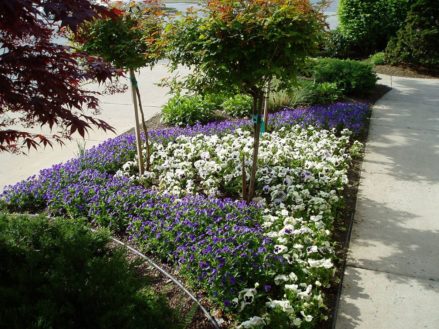
It is a good idea to make a budget for your project. Creating this in the beginning can help prevent you from having to go back and remove items from your design. Remember to give yourself a buffer, just in case prices change or you run into unplanned issues.
This is also a good time to take maintenance into consideration. If you don’t plan on having the time or know how to keep up with your landscape, make sure to select low-maintenance trees and shrubs. This is a good way to ensure that your plants will look good year-round.
Need Help Getting Started?
At Tomlinson Bomberger, we help our Central PA neighbors re-imagine their property’s landscape through design and installation, hardscaping, edging and mulching, trimming, irrigation, and lighting. Our landscape service team – made up of highly trained, certified, and skilled workers – is committed to high-quality workmanship and customer service. Our landscape team will help you maintain your landscape and transform your dreams into a reality. Contact Us for a free consultation!
The post How to Improve Curb Appeal appeared first on Tomlinson Bomberger.
from Tomlinson Bomberger https://ift.tt/3gT50mX
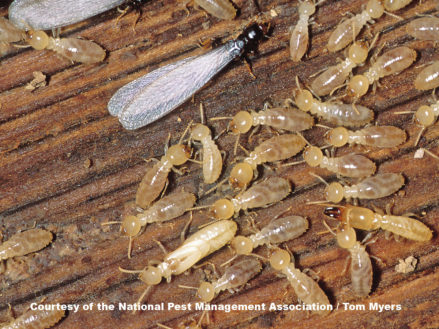
 Termite Baiting
Termite Baiting
 My wife and I tend to go camping for our vacations. Once at a campsite, I saw a knothole in a tree that couldn’t have held more than an ounce or two of standing water. And yes – there were mosquito larvae in there!
My wife and I tend to go camping for our vacations. Once at a campsite, I saw a knothole in a tree that couldn’t have held more than an ounce or two of standing water. And yes – there were mosquito larvae in there!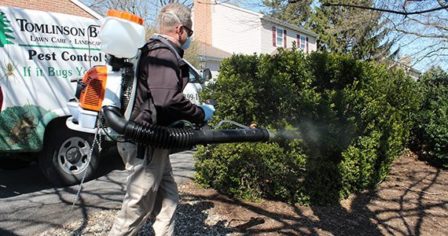
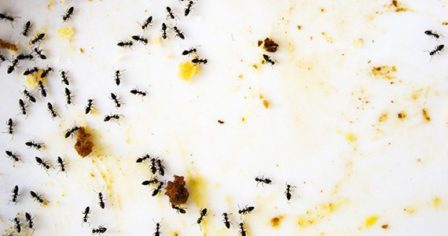
 How to get rid of ants in your house
How to get rid of ants in your house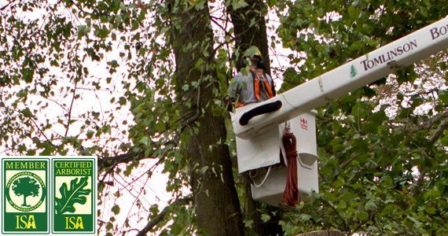
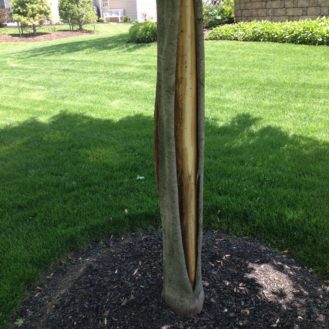 Wrapping Vulnerable Trees
Wrapping Vulnerable Trees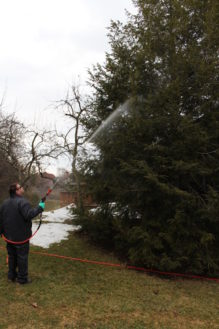

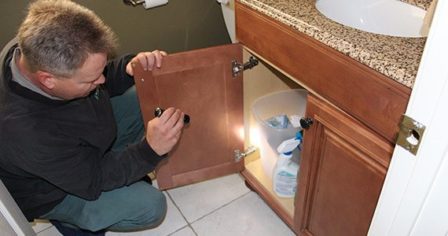 Just as important as knowing what to do is knowing how to communicate it! In other words, the company you choose to work with should be able to explain what is causing your pest problem and how to fix it. They should explain things in a way you understand.
Just as important as knowing what to do is knowing how to communicate it! In other words, the company you choose to work with should be able to explain what is causing your pest problem and how to fix it. They should explain things in a way you understand.
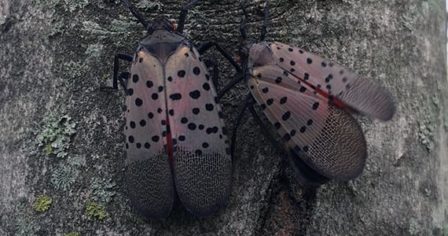 What is the Spotted Lanternfly?
What is the Spotted Lanternfly?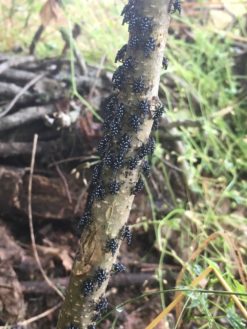 Right now, you might see them anywhere. Adults lay their eggs on just about anything. We’ve had clients reporting nymphs on decks, potted plants, and patios. You will see these nymphs feeding near where the leaves emerge from branches, or on very young trees. This is because they’re piercing-sucking mouth-parts aren’t well developed yet, and the bark is thinner on young plants and at the end of branches.
Right now, you might see them anywhere. Adults lay their eggs on just about anything. We’ve had clients reporting nymphs on decks, potted plants, and patios. You will see these nymphs feeding near where the leaves emerge from branches, or on very young trees. This is because they’re piercing-sucking mouth-parts aren’t well developed yet, and the bark is thinner on young plants and at the end of branches.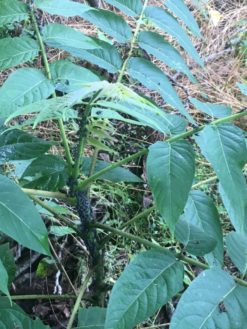 Tree Identification
Tree Identification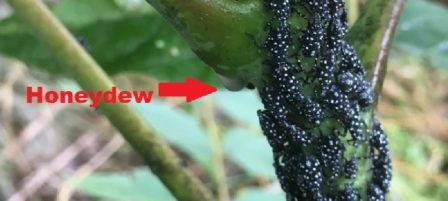 What a mess!
What a mess!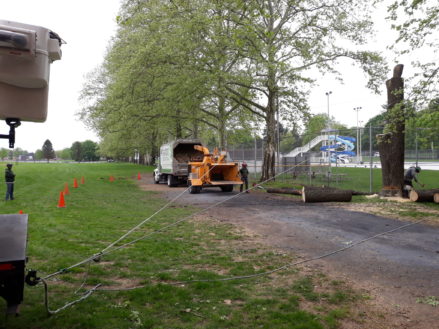
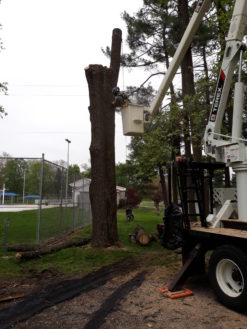 It’s dangerous
It’s dangerous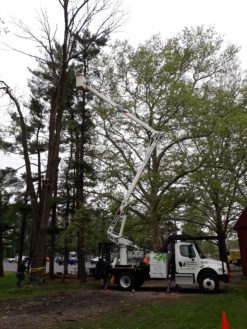
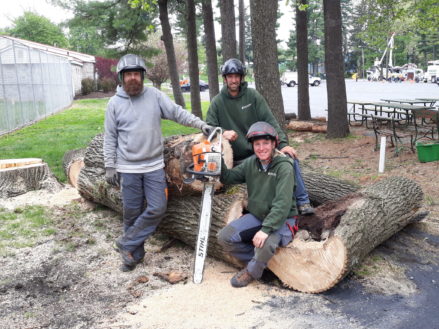 Conclusion
Conclusion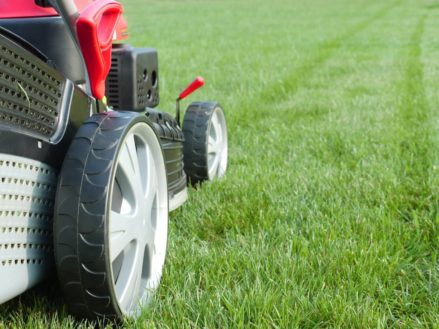
 Better Color
Better Color
 Background
Background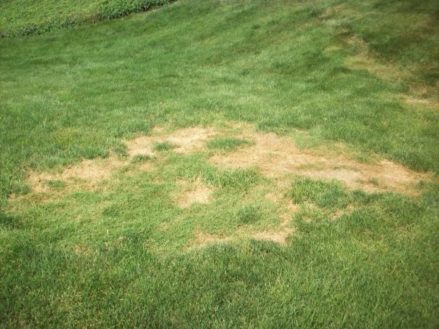
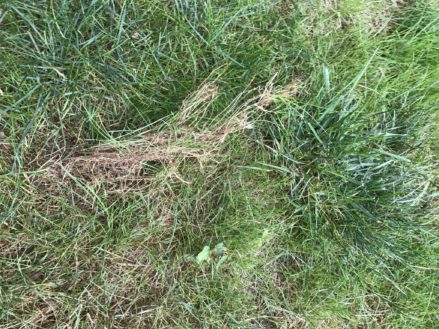 You have some options for mechanical (non-chemical) management.
You have some options for mechanical (non-chemical) management.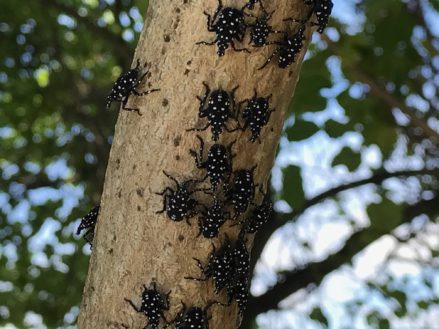
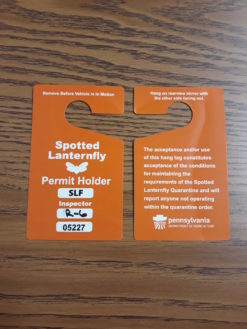 Businesses that operate company vehicles inside the quarantine zone are required to register with the Department of Agriculture for quarantine compliance. Basically, this involves someone from the business or organization passing a test on how to inspect for Spotted Lanternfly adults, nymphs, and eggs.
Businesses that operate company vehicles inside the quarantine zone are required to register with the Department of Agriculture for quarantine compliance. Basically, this involves someone from the business or organization passing a test on how to inspect for Spotted Lanternfly adults, nymphs, and eggs.
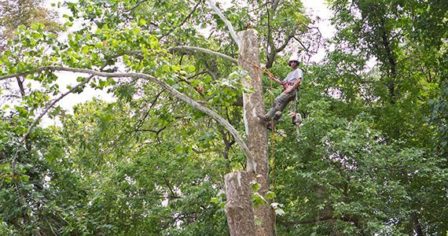 Weekend gardeners, enthusiasts and DIYer’s are encouraged to call on the professional when the pruning heights reach beyond a pole pruners capability. Tree pruning is intrinsically dangerous. A 2009 study done by the US Census for Fatal Occupational Injuries concluded that tree limbs falling in unexpected directions was the primary cause of injury in tree related accidents. Improper equipment coupled with dual and unsafe chainsaw usage are huge risks. These are compounded by a lack of general horticultural knowledge, which is a recipe for unhealthy trees. Also, let’s not minimize placing yourself at personal risk!
Weekend gardeners, enthusiasts and DIYer’s are encouraged to call on the professional when the pruning heights reach beyond a pole pruners capability. Tree pruning is intrinsically dangerous. A 2009 study done by the US Census for Fatal Occupational Injuries concluded that tree limbs falling in unexpected directions was the primary cause of injury in tree related accidents. Improper equipment coupled with dual and unsafe chainsaw usage are huge risks. These are compounded by a lack of general horticultural knowledge, which is a recipe for unhealthy trees. Also, let’s not minimize placing yourself at personal risk!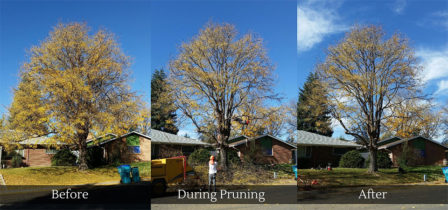 The service
The service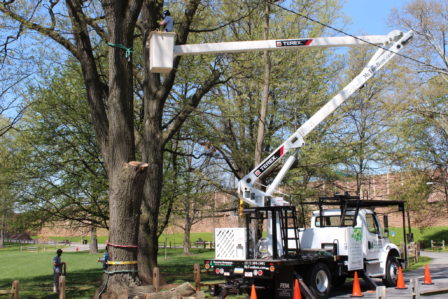

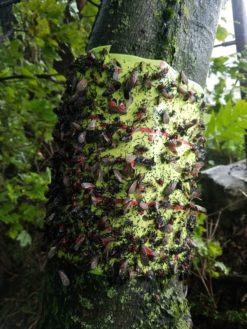 Sticky bands to catch nymphs
Sticky bands to catch nymphs